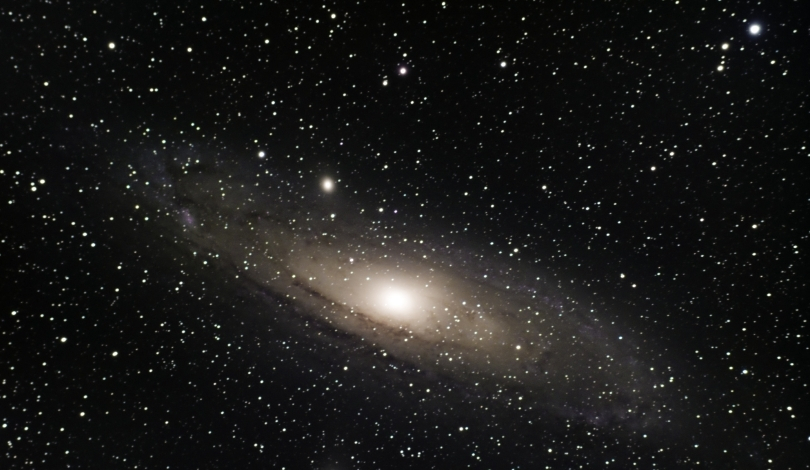The Hayabusa2 mission successfully retrieved tiny fragments from asteroid Ryugu, providing scientists with valuable data to explore the origins of our solar system. These 5.4-gram samples, although small, have enabled in-depth chemical analysis, uncovering details about the asteroid’s formation and evolution. This marks a significant milestone in understanding the building blocks that contributed to planetary development.
While initial reports on the Hayabusa2 mission highlighted the collection of Ryugu samples, the latest research delves deeper into their chemical properties. This advancement builds upon earlier discoveries of organic matter and water-bearing minerals, offering a more comprehensive understanding of the asteroid’s history.
How Did Ryugu’s Parent Body Form?
Analysis of carbon dioxide-bearing water inclusions suggests that Ryugu’s parent body originated in the outer Solar System, where low temperatures facilitated the incorporation of water ice.
“Our findings indicate that the parent body formed in a cold environment, likely beyond Jupiter’s orbit,” stated Tetsuya Nakamura from Tohoku University.
What Was Ryugu’s Internal Structure?
The sample’s porous and fine-grained nature reveals that the parent body contained significant ice, which melted over millions of years due to radioactive heating. This process led to chemical reactions between water and rock, transforming the asteroid’s mineralogy and contributing to its current composition.
How Was Ryugu Ejected into Its Current Orbit?
A catastrophic collision approximately one billion years ago shattered Ryugu’s parent body, dispersing debris that later coalesced into the rubble-pile asteroid observed today.
“Ryugu is a collection of materials from various depths of its parent, united by the impact event,” explained the research team.
The comprehensive analysis of Ryugu’s samples has significantly enhanced our understanding of carbonaceous asteroids and their role in the early Solar System. Insights into the parent body’s formation and subsequent evolution provide a clearer picture of the conditions that existed billions of years ago. Future missions by Hayabusa2, including fly-bys of other asteroids, will continue to expand our knowledge of these ancient celestial bodies.










